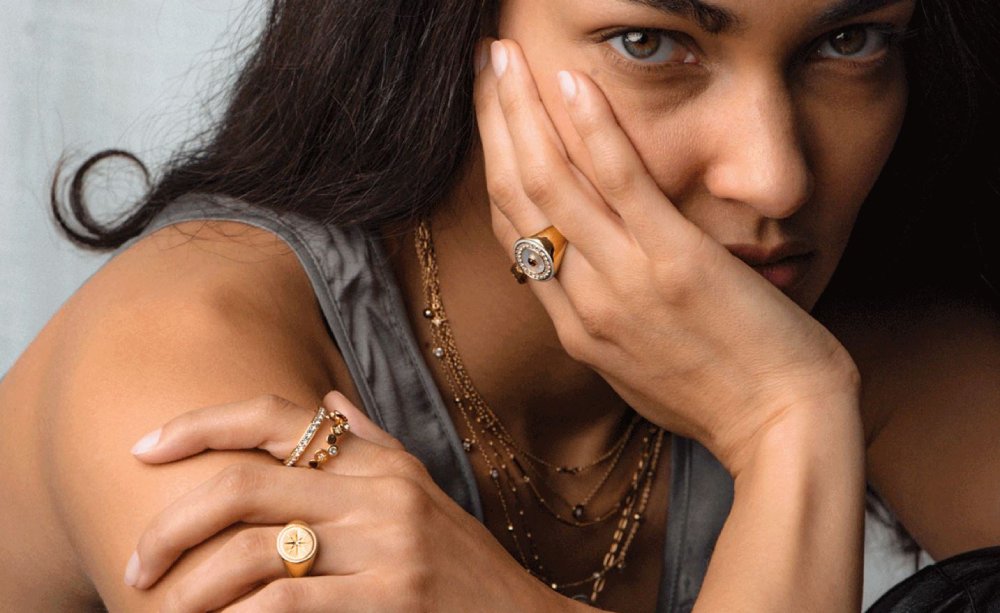

Signet rings, adorned with family crests or emblems, have a rich history that dates back thousands of years. Once a symbol of power, identity, and authority, these rings have evolved into objects of heritage, status, and personal expression. The tradition and etiquette surrounding wearing signet rings with crests continue to be observed by many, offering a fascinating glimpse into the customs that have shaped this enduring symbol.
Signet rings can be traced back to ancient civilizations, including the Egyptians, Romans, and Greeks. These rings served a practical purpose: as a seal to sign documents and authenticate the wearer’s identity. The engraved crest or emblem would be pressed into soft wax or clay, leaving a distinct impression recognized as a legal signature.
In medieval Europe, signet rings became essential tools for nobility and royalty. The rings were often passed down through generations, symbolizing the continuity of family lineage and the preservation of ancestral heritage. The design of the crest or emblem was carefully chosen to reflect the family’s values, achievements, and status.
A family crest, also known as a coat of arms, is a distinctive heraldic design representing a family’s history and identity. The crest typically features a shield, helmet, and various symbols with personal or historical significance. Each element of the crest is imbued with meaning, from the colors to the animals and objects depicted.
The tradition of wearing a family crest signet ring is deeply tied to the concept of heritage. For many, the ring is not merely a piece of jewelry but a tangible connection to their ancestors. It serves as a reminder of the values and achievements of those who came before them and as a symbol of the responsibilities they carry as bearers of the family name.
The etiquette surrounding the wearing of signet rings varies depending on cultural and familial traditions. However, several general principles guide the proper use of these rings:
While the traditional design and use of signet rings remain popular, modern interpretations have emerged, offering a fresh take on this timeless accessory. Contemporary signet rings may feature minimalist designs, alternative materials, or even personalized engravings that reflect the wearer’s identity rather than family heritage.
Some people choose to engrave their initials, monograms, or personal symbols on their signet rings, transforming them into unique expressions of self rather than symbols of lineage. This shift reflects broader changes in society, where personal identity is increasingly shaped by individual choices rather than inherited traditions.
Despite these modern adaptations, the core values associated with signet rings heritage, continuity, and identity remain intact. For many, the decision to wear a signet ring, whether traditional or contemporary, is a statement of pride in one’s roots and a way to honor the past while embracing the future.
The tradition of wearing signet rings with crests shows no signs of fading, even as society evolves. The rings continue to be cherished family heirlooms, passed down through generations as symbols of continuity and legacy. In a world that increasingly values individuality, the signet ring serves as a reminder of the enduring importance of heritage and the connections that bind us to our ancestors.
As signet rings with crests remain popular, they are likely to evolve in design and significance. New generations may choose to reinterpret the symbols and emblems of their family crests to reflect contemporary values and experiences. In this way, the signet ring will continue to be a living tradition, adaptable yet rooted in history.
Wearing a signet ring with a family crest is a practice steeped in history and tradition. It embodies the values of heritage, identity, and continuity, serving as a tangible link to the past. The etiquette surrounding signet rings reflects the respect and reverence afforded to these symbols of family and authority. Whether worn as a daily accessory or reserved for special occasions, the signet ring remains a powerful expression of who we are and where we come from. As society changes, so too will how we interpret and wear these rings, but their significance will endure, reminding us of the enduring legacy of family and tradition.
Diana Patterson is a jewelry blogger based in London, UK. She is passionate about antique and vintage jewelry and loves to blog about ways to style these rare jewels. She also covers contemporary jewelry designs while collaborating with industry insiders and designers like Hancockssignetrings to get insight into the latest trends.
Wondering how to boost online sales and customer engagement in your furniture eStore? Take inspiration…
Are you looking to improve the speed of your WooCommerce store to be more efficient,…
TikTok's AI features totally change the way that videos are made because they unveil possibilities…
The aviation sector is growing continuously. Nowadays, airlines use modern technology for better pilot training.…
Tiffany Stratton Wiki / Bio: Jessica Woynilko, also known as Tiffany Stratton, was born on…
Offering file uploads in a WooCommerce store helps store owners gather specific files from customers…